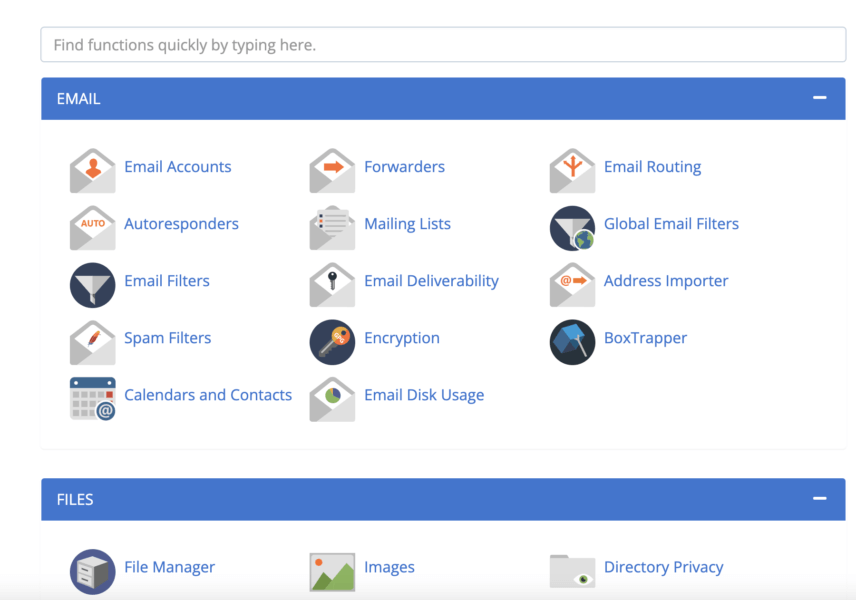WordPress itself does not offer a staging site out of the box but you can make one by copying your WordPress site to a sub-domain in various ways. In this article I will show you three ways to create a staging site for your WordPress site.
Table of Contents:
- What is a staging site
- How does a WordPress staging site work?
- How do I create a staging area in WordPress?
- Staging site tips and tricks
What is a staging site
A staging site is a copy of your existing website which is in-accessible to the public (but still accessible to you at a subdomain similar to staging.yoursite.com) where you can test our new functionality or designs before later launching to the live site for all to enjoy.
Do you really need a staging environment?
If you have,
- a site wide design,
- functionality that could potentially could hurt your business if it isn’t tested first,
- or simply any other functionality which might require tweaking and testing before launching,
then you really need a staging site so that your live customers/readers don’t see bug reporting and or have a ‘draft’ version foisted on them which could hurt their experience and your bottom line.
PROTIP: When developers and designers are building functionality for you there are often a lot of errors and breakages of the site either completely or aesthetically. If your customers see these on the live site then its likely to hurt your SEO or business.
How does a WordPress staging site work?
A staging site, as I said, is a copy of your site and will be accessible at a sub-domain of your domain name similar to staging.yoursite.com (although it could be anything you like really before the first ‘.’). This means that you can view it but your customers don’t use that same domain name and hence won’t see any of the alterations you make as you build your new functionality or design.
PROTIP: It’s a good idea to make the site inaccessible to Google and other search engines otherwise your staging site at the sub domain can be seen in search results and accessible to hackers also. You can add an .htaccess password to avoid these issues.
How do I create a staging area in WordPress?
You can create a staging site in various ways depending on your scenario.
Using a plugin
There are various plugins available to do this but I like WP Staging because it has a free version which will allow you to create a test site but doesn’t allow you to push these changes to the live site without upgrading to the premium version. See the link above for instructions on how to use that plugin.
Using your hosting account
Some hosting accounts come with free staging tools within the cost of your hosting plan. These can be used to clone a site easily. Ask your host if they have this feature or get a host that does contain staging tools.
PROTIP: Often these are called ‘Clone Tool’ on cPanel hosting which you more than likely have if you are using WordPress. Look in your hosting dashboard for cPanel and then the ‘Clone Tool’ icon.

Manually creating a staging site on your host server
It’s also possible to manually replicate the creation of a staging site by,
- creating a new sub-domain and database,
- copying files, images and database over to the new sub-domain.
Check out the link above to read the full guide we wrote on this process.
Staging site tips and tricks
There are two things you will want to be careful of when using staging sites. First, your new sub-domain is probably able to be seen by hackers and search engines.
From a security point of view the fact you have two websites available to hackers means you have increased your attack surface area and if you forget about the staging site and don’t update its plugins and themes etc it could become out of date and become a security risk. We have a solution for you below.
The other thing to know if that search engines, including Google, can index your staging site as well and while they probably won’t show it to users its best not to take the risk. At a minimum it will waste Googles indexing resources for your site which may mean an important live url may get missed.
So how can you fix these two issues? The answer is to add an .htaccess password to your site which will mean that search engines and hackers will not be able to automatically scroll and view your staging site.

